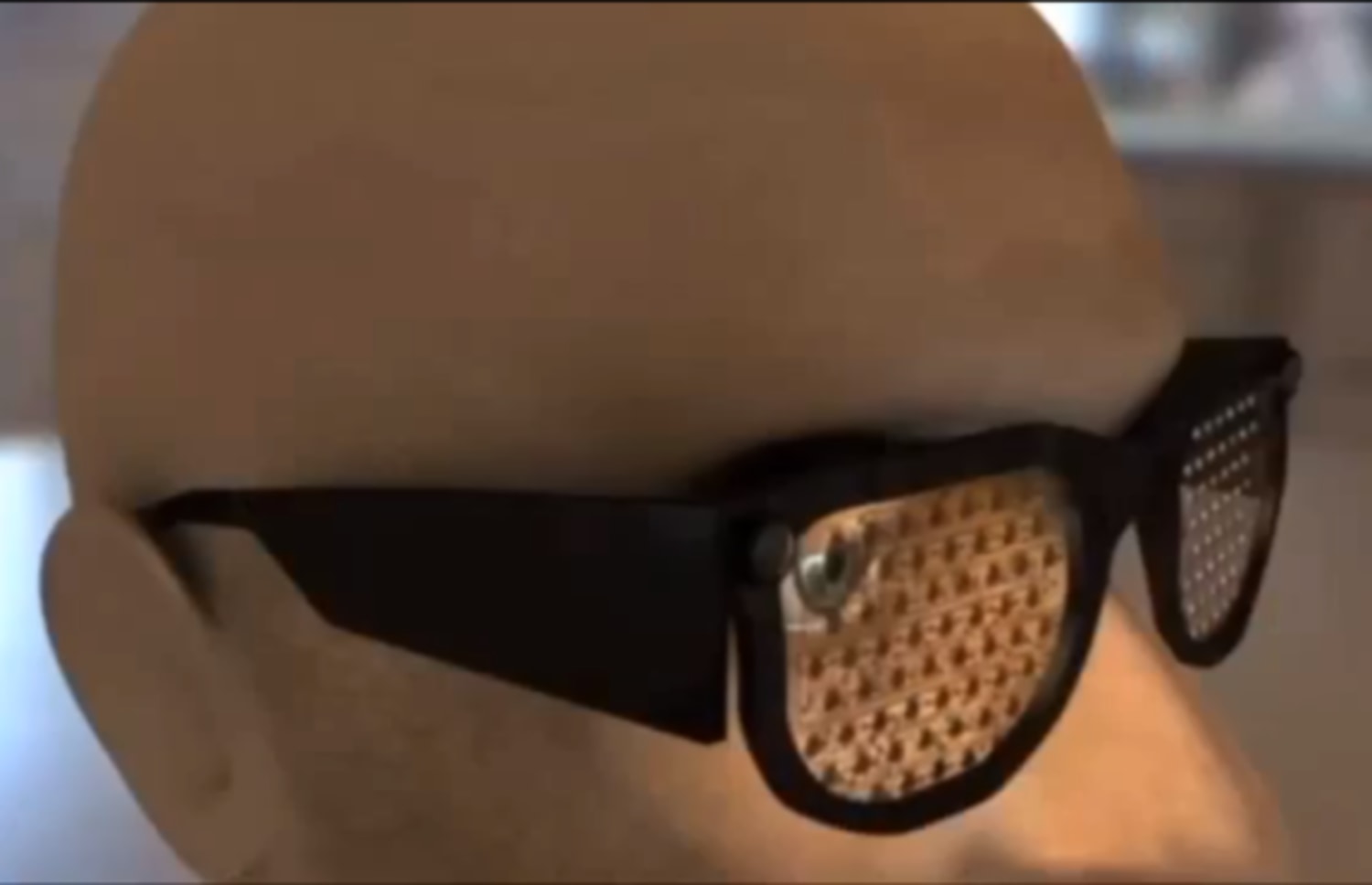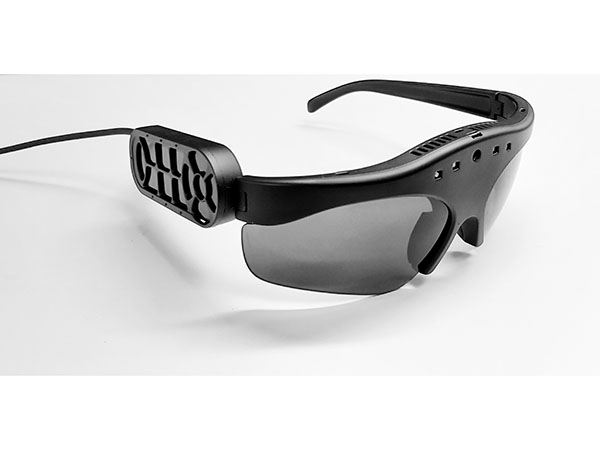The Future of Assistive Technology for the Blind: Empowering Independence
The Future of Assistive Technology for the Blind: Empowering Independence
Blog Article
Empowering Independence With Assistive Innovation for the Blind
The assimilation of assistive modern technology for individuals who are blind or aesthetically damaged represents a significant advancement in promoting independence and enhancing top quality of life. With a range of gadgets-- from display viewers to cutting-edge tactile tools-- these innovations not only promote navigation and communication however also advertise social incorporation and engagement in different elements of life.
Recognizing Assistive Technology
Although assistive technology has actually developed dramatically over the years, its fundamental function remains the same: to improve the lifestyle for people with impairments, specifically those that are aesthetically damaged or blind. This modern technology includes a broad variety of devices and devices that promote freedom and functionality in daily tasks.
Assistive technology can be categorized into modern and low-tech options, each made to fulfill certain requirements. Sophisticated tools often include software applications, specialized equipment, and adaptive tools that utilize advanced technology to provide assistance in different contexts. Alternatively, low-tech services may entail daily things that are changed to enhance accessibility, such as magnifiers or tactile markers.
The integration of assistive modern technology right into the lives of individuals who are blind or aesthetically harmed not just advertises freedom however also cultivates social addition and participation in specialist and academic environments. By leveraging these modern technologies, users can browse their surroundings, access info, and interact successfully, thus boosting their total lifestyle. Understanding assistive modern technology is vital for advocates, professionals, and caregivers that intend to support people in maximizing their prospective and attaining greater freedom.
Types of Assistive Instruments
Assistive devices for the blind and visually impaired are essential devices that improve daily obeying attending to specific obstacles run into by users. These gadgets can be extensively classified into three primary kinds: optical tools, digital gadgets, and sensory gadgets.

Sensory gadgets, such as Braille displays and responsive maps, offer alternative means to get details. Braille displays convert digital message into Braille, allowing users to review touch. Tactile maps provide spatial understanding through increased lines and appearances, allowing for much better environmental understanding.
Together, these assistive tools equip people with aesthetic disabilities to engage even more totally with their environments, advertising better independence and confidence in daily tasks.

Effect on Every Day Life
The assimilation of assistive modern technology into the every day lives of people that are visually impaired or blind considerably improves their capability to navigate and engage with the world around them. Instruments such as screen readers, Braille displays, and mobile applications facilitate accessibility to details, permitting users to engage with electronic material, interact effectively, and manage daily jobs separately.
Additionally, technologies like wise glasses and navigation applications supply real-time help in unknown environments, enhancing flexibility and confidence. These tools enable individuals to identify barriers, reviewed indications, and even recognize faces, hence cultivating a feeling of freedom in public rooms. In addition, home automation systems, which can be managed via voice commands, allow individuals to handle their living atmospheres better, enhancing convenience and security.
The impact of assistive innovation prolongs past functional tasks; it promotes social incorporation and emotional well-being. By bridging the space between individuals view website and their surroundings, these innovations empower customers to participate completely in community tasks, pursue instructional possibilities, and take part in purposeful partnerships. Ultimately, the innovation of vision optometry assistive technology is important in redefining the possibilities for individuals that are blind or aesthetically impaired, causing a more easily accessible and inclusive society.
Success Stories and Endorsements

One more powerful testimony comes from Mark, a current university grad that made use of display reading software application throughout his scholastic trip. This modern technology allowed him to accessibility training course materials and take part in conversations, ultimately bring about his effective shift into the workforce. Mark credits assistive innovation for encouraging him to achieve his occupation objectives, highlighting its role in leveling the playing field for individuals with aesthetic impairments.
Additionally, recreation center have actually reported increased involvement in their programs many thanks to the intro of easily accessible digital platforms. These systems have made it simpler for people to link, share resources, and assistance one an additional. These success stories jointly emphasize the extensive result of assistive technology in cultivating self-reliance, boosting high quality of life, and breaking down obstacles for the blind and visually impaired neighborhood.
Future Fads in Assistive Technology
Arising innovations are positioned to change the landscape of assistive tech for individuals that are blind or visually damaged. Advancements in synthetic intelligence (AI) and artificial intelligence are enhancing the abilities of tools, allowing more user-friendly customer experiences. AI-driven applications are increasingly able to recognize objects and read message out loud in real-time, offering users with useful information regarding their surroundings.
Additionally, innovations in wearable technology are developing brand-new chances for self-reliance. Smart glasses furnished with augmented reality attributes can overlay essential information onto the user's area of vision, helping with navigation and communication with the atmosphere. The assimilation of Web of Points (IoT) tools is simplifying availability in clever homes, permitting customers to manage appliances and get notices with voice commands or responsive interfaces.
The development of braille screens and responsive feedback systems is also rising, promoting access to electronic material and improving communication. As This Site these innovations continue to develop, they assure to enhance day-to-day living, academic opportunities, and employment prospects for individuals with aesthetic impairments. Continual collaboration in between technologists, individuals, and advocacy groups will certainly be necessary in ensuring these technologies meet the requirements of the neighborhood efficiently.
Conclusion
Finally, assistive technology plays a crucial duty in boosting the self-reliance of individuals who are blind or aesthetically impaired. By supplying important devices and sources, these technologies help with enhanced communication, navigating, and accessibility to information, consequently fostering autonomy and positive self-image. The transformative impact of assistive devices not only advertises reliable communication with the setting but likewise encourages social inclusion and involvement in numerous aspects of life, inevitably empowering individuals to prosper within their communities.
The assimilation of assistive technology for people who are aesthetically impaired or blind stands for a significant development in fostering independence and boosting quality of life.The assimilation of assistive innovation right into the lives of individuals that are blind or aesthetically harmed not just advertises freedom yet also fosters social inclusion and engagement in professional and educational environments. Ultimately, the improvement of assistive technology is critical in redefining the opportunities for people who are visually damaged or blind, leading to an extra available and inclusive culture.
Several people who are visually damaged or blind have actually shared inspiring success tales that highlight the transformative effect of assistive modern technology on their lives.In final thought, assistive technology plays a crucial role in enhancing the independence of people who are blind or visually damaged.
Report this page